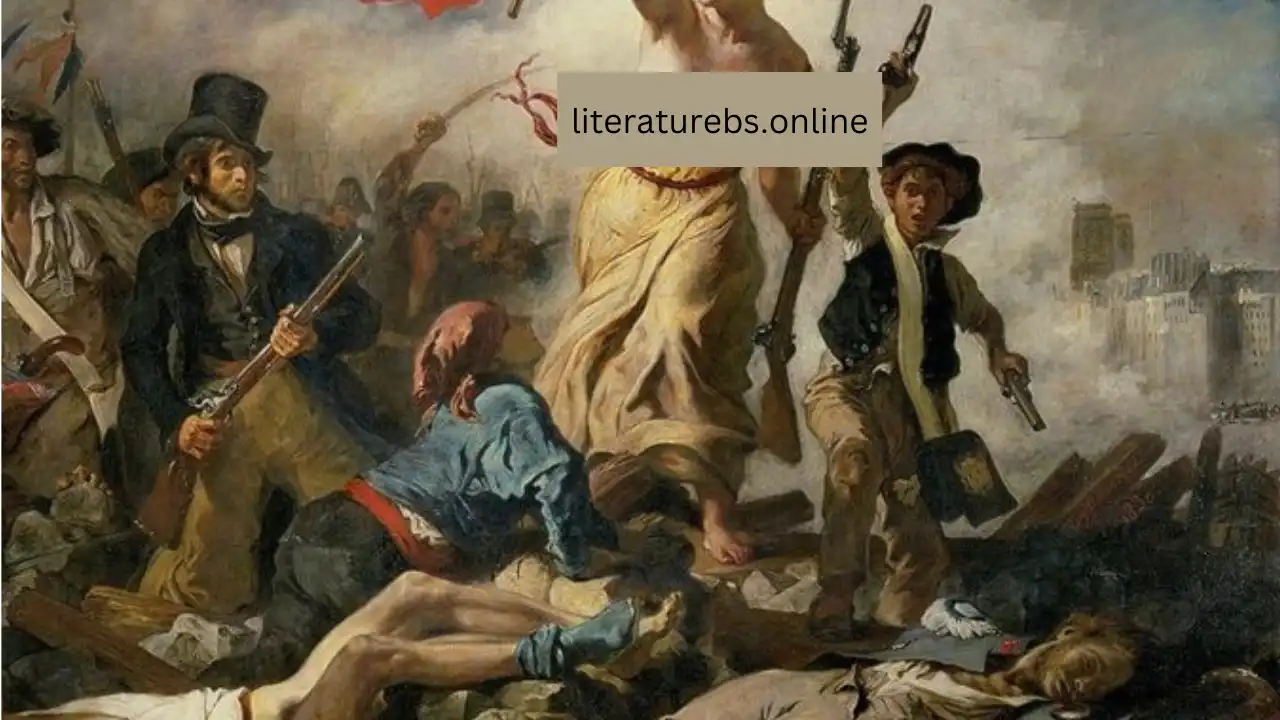Romanticism
Romanticism was a literary, artistic, and intellectual movement that emerged in the late 18th century and peaked during the early to mid-19th century. It was characterized by an emphasis on emotion, individualism, and the glorification of nature and the past. Romanticism arose as a reaction against the rationalism and industrialization of the Enlightenment period, advocating for a return to the more profound, emotive, and imaginative aspects of human experience.
Key Characteristics of Romanticism
- Emphasis on Emotion and Imagination: Romantic literature places a high value on intense emotion, intuition, and imagination over reason and logic. It explores the depths of human feelings and often delves into the sublime, mysterious, and transcendent aspects of life.
- Glorification of Nature: Nature is depicted as a powerful and spiritual force, often serving as a source of inspiration and solace. Romantics viewed nature as a counterpoint to the industrial world, symbolizing purity and beauty.
- Focus on the Individual: The movement emphasizes individual experience, personal freedom, and the inner life of the mind. Characters in Romantic literature often embody the solitary genius or the misunderstood artist.
- Interest in the Supernatural and Exotic: Romantic works frequently explore supernatural elements, folklore, and the exotic. This fascination with the mysterious and the otherworldly reflects a yearning to transcend ordinary reality.
- Valorization of the Past: Romantics often idealized the past, particularly the medieval period, as a time of nobility, heroism, and adventure. This nostalgia for a bygone era contrasts with the perceived moral decay and mechanization of contemporary society.
- Rebellion Against Social Norms: Romantic literature often includes themes of rebellion against social conventions and the status quo. It champions the rights of the individual against societal constraints.
Also read: Genres and Sub-Genres of Literature
Historical Background of the Romantic Age
The Romantic Age, from the late 18th to mid-19th century, arose in response to the Enlightenment’s rationalism and the Industrial Revolution’s upheaval. Influenced by political revolutions and nationalist movements, Romanticism celebrated emotion, nature, and individualism.
- Reaction Against the Enlightenment: Romanticism rejected Enlightenment rationalism, emphasizing emotion and intuition.
- Impact of Industrial Revolution: Urbanization and environmental degradation spurred a romanticized view of nature and the past.
- Political Revolutions: Ideals of liberty and social justice inspired themes of heroism and national identity.
- Rise of Nationalism: Nationalist movements fueled a focus on folklore and cultural heritage.
- Engagement with Philosophy: Romanticism explored existential questions and the mysteries of the natural world.
Prominent Writers of the Romantic Age
The Romantic Age, which flourished from the late 18th century to the mid-19th century, produced a wealth of influential writers who left an indelible mark on literature. These writers emphasized emotion, nature, and individualism, and their works continue to be celebrated for their imaginative and profound qualities. Here are some of the most prominent writers of the Romantic Age:
1. William Wordsworth (1770-1850)
William Wordsworth is often considered one of the founding figures of Romanticism. His poetry emphasizes the beauty of nature, the importance of personal emotion, and the value of the individual’s experience.
- Notable Works:
- Lyrical Ballads (1798, co-authored with Samuel Taylor Coleridge)
- Lines Composed a Few Miles Above Tintern Abbey (1798)
- The Prelude (1850)
2. Samuel Taylor Coleridge (1772-1834)
A close collaborator with Wordsworth, Coleridge is known for his complex imagination and use of supernatural elements in his poetry.
- Notable Works:
- The Rime of the Ancient Mariner (1798)
- Kubla Khan (1816)
- Christabel (1816)
3. Lord Byron (1788-1824)
George Gordon Byron, commonly known as Lord Byron, was a leading figure in the Romantic movement. His works are characterized by their dramatic intensity, wit, and exploration of personal freedom and rebellion.
- Notable Works:
- Childe Harold’s Pilgrimage (1812-1818)
- Don Juan (1819-1824)
- Manfred (1817)
4. Percy Bysshe Shelley (1792-1822)
Shelley’s poetry is known for its visionary and idealistic qualities. He often explored themes of radical political change, the power of nature, and human emotion.
- Notable Works:
- Ode to the West Wind (1819)
- Prometheus Unbound (1820)
- Adonais (1821)
5. John Keats (1795-1821)
Keats’s work is celebrated for its sensuous imagery and exploration of beauty, transience, and mortality. Despite his short life, his poetry has had a lasting impact.
- Notable Works:
- Ode to a Nightingale (1819)
- Ode on a Grecian Urn (1819)
- To Autumn (1819)
Conclusion
The Romantic Age was a period of significant transformation, driven by industrial, political, and social changes. These historical contexts shaped the themes and characteristics of Romantic literature, which emphasized emotion, nature, individualism, and a reaction against the rationalism of the Enlightenment. By understanding the historical background, we can better appreciate the depth and complexity of Romanticism and its enduring influence on literature and culture.
